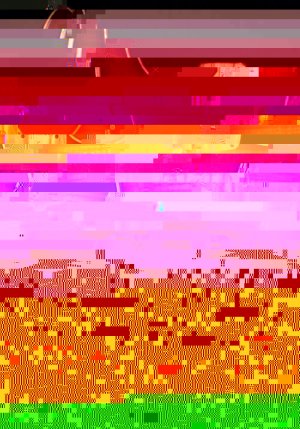torodurham
Newbie
- Messages
- 18
I'm refinishing a FMT Strat from an ugly transparent Teal to a very cool Tobacco/ light bengal burst and and am wondering if I should use an airbrush for the ntop outer edge of the color coats. The amber base doesn't concern me too much..but more interested what Warmoth does and how they are applied on theirs...anyone know?





